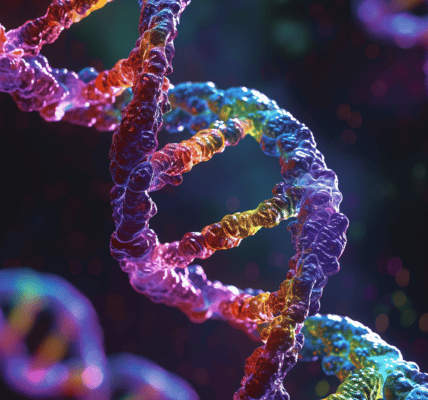New High-Resolution Technique Developed for Identifying Potential Therapeutic Targets on Proteins in Living Cells
Scientists from Scripps Research have developed a new high-resolution technique for identifying potential therapeutic targets on proteins in living cells. This innovative method could lead to the development of more targeted and effective therapeutics for treating human diseases.
The new strategy, detailed in a study published in Nature Chemical Biology, combines chemistry and analytical techniques to illuminate the specific sites where proteins and small molecules bind together within human cells. This breakthrough could provide critical insights into altering the function of proteins and ultimately lead to the discovery of new ways to target them therapeutically.
The research, conducted at Scripps Research in La Jolla, California, addresses the pressing need for novel approaches to target proteins involved in human diseases. The difficulty of altering the function of these proteins, particularly in live cells, has been a significant challenge for researchers worldwide.
By shedding light on how proteins interact with drug-like small molecules in human cells, the new method offers a promising avenue for uncovering potential therapeutic targets. This represents a significant advancement in the field of biopharmaceutical research and has the potential to revolutionize the development of future therapeutics.





